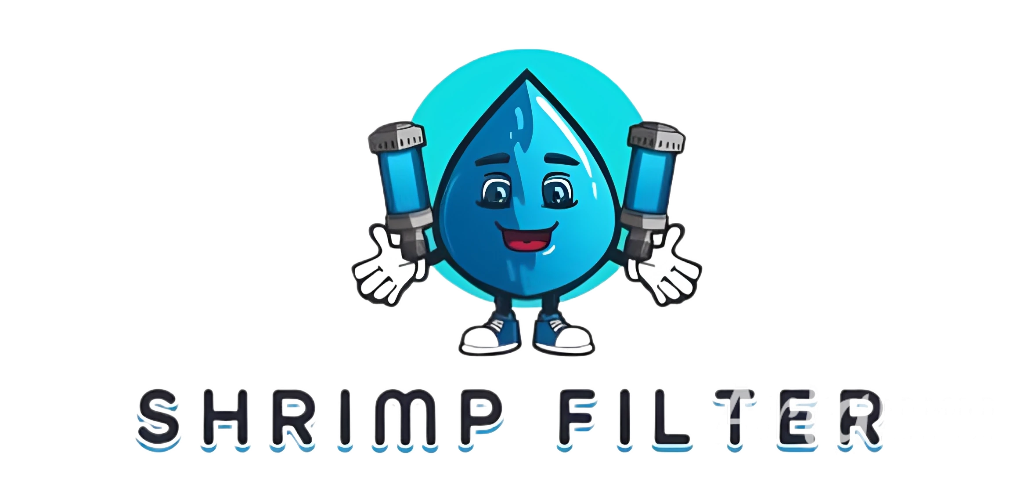About this project
Shrimp Filter Project is designed as an innovative solution to address the global challenge of water scarcity, a problem that threatens millions of lives and directly impacts sustainable development. The initiative is strongly aligned with several of the United Nations Sustainable Development Goals (SDGs), particularly Goal 6: Clean Water and Sanitation, Goal 12: Responsible Consumption and Production, Goal 13: Climate Action, and Goal 15: Life on Land.
At its core, the project introduces an affordable and sustainable method for purifying polluted water through the utilization of shrimp shells, an abundant yet largely underutilized byproduct of the seafood industry. By converting this inexpensive biological material into an effective filtration medium, the project provides a practical approach to producing safe, potable water. This innovation not only tackles the pressing issue of water scarcity but also contributes to waste valorization, turning discarded organic matter into a valuable resource.
The project specifically targets marginalized and impoverished communities in arid and desert regions, such as the eastern and western deserts of Egypt, as well as similar environments worldwide. These regions suffer acutely from the absence of reliable freshwater sources, and the implementation of portable, shrimp shell–based filtration systems could provide a consistent supply of clean water. It is estimated that the direct beneficiaries of this project may exceed 70,000 individuals, with the potential to expand further as the technology is scaled.
In essence, the Shrimp Filter Project represents a significant advancement in the field of low-cost and environmentally sustainable water purification technologies. By combining scientific innovation with social impact, it demonstrates how simple, nature-inspired solutions can contribute to solving one of the most pressing global challenges of the 21st century.
Goals and Objectives
The world today faces numerous challenges that hinder the progress of nations, and among the most critical is the issue of water scarcity. Water is the fundamental cornerstone of life, and without sufficient access to clean water, human survival and development are severely threatened. To contribute to solving this problem, we propose the purification of polluted water using an innovative approach that relies on shrimp shells, a low-cost by-product of the seafood industry, which would otherwise be discarded.
The Shrimp Filter Project has several key objectives. The first is to provide a portable and reliable source of clean water that meets basic standards of safety and quality. The second, and most significant, is to implement this technology in countries suffering from severe water shortages, such as Egypt, India, and Lebanon. In these regions, millions of people could benefit from the project’s outcomes.
This approach has distinct advantages: it is inexpensive, easy to apply, replicable across different regions, adaptable to diverse environmental conditions, and environmentally sustainable with no harmful impact. Moreover, the use of shrimp shells aligns with the principles of waste valorization and circular economy, turning an industrial by-product into a valuable resource.
Following implementation, the purification process must be continuously monitored, and the treated water must undergo analytical testing to ensure compliance with potable water standards. Critical parameters such as total dissolved solids (TDS), microbial load, and heavy metal concentrations must be measured to confirm that the water is safe for drinking or for agricultural use in accordance with international guidelines (e.g., those of the World Health Organization).
Expected result
To ensure the overall success of the shrimp filter project, it is necessary to perform a series of tests that verify the efficiency and reliability of both the extracted material and the final purified water.
The first test is conducted on the chitosan obtained from the three-step extraction process. Chitosan, which generally appears as a yellowish-white substance, is expected to dissolve completely in acetic acid if it is pure. The complete solubility of the sample indicates a high degree of purity, whereas the presence of undissolved particles would suggest impurities or incomplete extraction.
The second evaluation involves examining the extracted chitosan under ultraviolet (UV) radiation. When exposed to a UV lamp that emits violet light, pure chitosan does not show any fluorescence or visible color. However, if the material exhibits a glow or colored emission, it indicates the presence of aromatic or contaminating compounds that reduce the purity of the chitosan.
The third and final test is applied to the water produced after the purification process. A Total Dissolved Solids (TDS) meter is used to measure the concentration of dissolved substances in the water. For water to be classified as safe for drinking, the TDS value should be less than 50 parts per million (ppm). A result below this threshold confirms that the purification process was effective and that the water meets the basic safety requirements for human consumption.
Partners

About me / organisation
Habiba Mahmoud - Malak Osama
We are students in the faculty of science who have a passion for solving environmental issues
Website